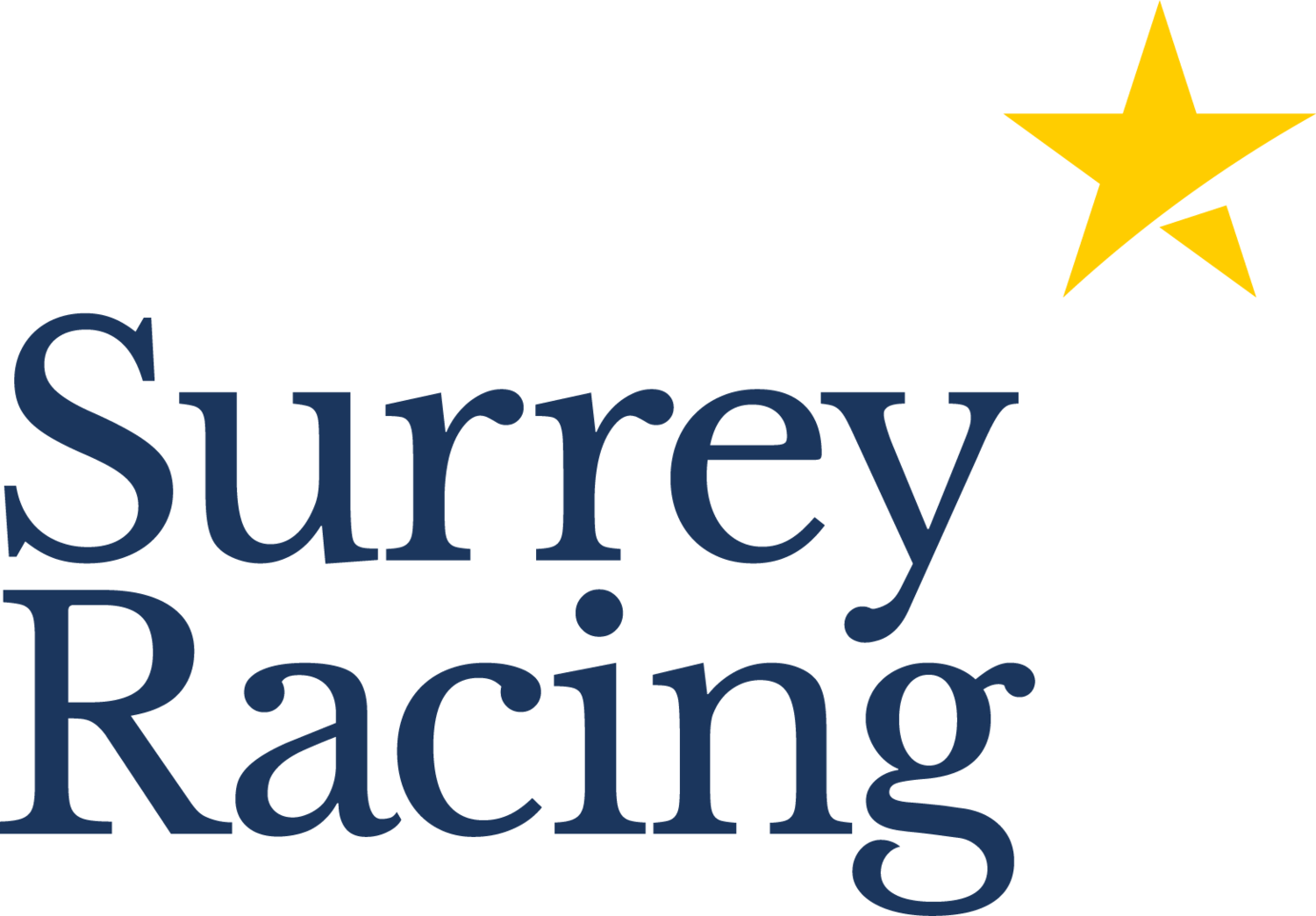Is the Dam More Important than the Sire?
Looking Beyond the Headlines
Like many other racehorse syndicates, we are always looking to find “value” at the sales. This is clearly a tough ask when everyone wants foals and yearlings by the best sires and many racehorse owners are prepared to pay astronomical sums to acquire them. However, as we have proved, it is possible to “punch above your weight” and acquire young horses that go on to be successful for below average prices. Fortunately, the quality of the sire is only one factor in defining the quality of a foal and with much of the attention focused on the sire, it is inevitable that some very decent horses slip below the radar. Interestingly, it is estimated that breeding contributes as little as 35-50% of a horse’s performance, with the sire of course contributing only 50% of the genetic pool. Despite this, it is the stallions that always dominate discussions and the post-sale headlines will be about the sons and daughters of the likes of Galileo and Dubawi. While we would all love to own horses produced by these sires it is important for our syndicate owners that we look beyond the obvious to find both and value.
While there is no doubt that the vast majority of Group 1 races are won by these expensive and impeccably bred foals, buying the offspring of a leading sire is no guarantee of success. Many stallions, including those regarded as great produce stake winners at a rate as low as 5% and even the great Danzig, who is regarded a rarity with his level of success, has a stakes winner strike rate of 19%. That amounts to a lot of Danzig foals where the quality of the sire is not reflecting in racing success. So, could it be that greater importance should be placed on the dam? Henry Cecil certainly thought so, saying “All sires are excellent horses, but I feel 75% of the breeding comes from the dam’s side” When comparing the success rates of the leading broodmares to the sires, there certainly appears to be something in the argument for prioritising the dams. Leading broodmare Urban Sea not only produced Galileo and See the Stars but none of her 8 foals had an official rating of below 100. Likewise, Juddmonte Farm’s remarkable broodmare Hasili, has produced 70% stakes winners to foals.
Many would say these statistics are distorted by the fact that these mares are only bred with the very best stallions and are based on far fewer numbers as a mare is unlikely to have more than 8-9 foals. However, the findings of a study of 675 Australian Thoroughbreds in 2015 supported the argument that the dam’s side is a stronger contributor to racing success than the sire. The horses in the study were divided into groups categorised as Elite or Poor, based on parentage and their racing performance in terms of earning. As expected, most of the best runners came from the group where both parents were classified as Elite. However, surprisingly the group with an Elite Sire but a Poor Dam performed no better than those horses with a Poor Dam and a Poor Sire.
Although a relatively small survey, it is well regarded piece of research and there conclusion was that maternal heritability may well be a stronger contributor than paternal heritability to race ability.
The Surrey Racing View
Although there are many factors likely to contribute to a horse’s racing ability, including the quality of the breeding, the conformation of the horse, its athleticism and its mental attitude, we at Surrey Racing are increasingly focused on the dam’s side of the pedigree when looking to buy horses. In the case of our most recent yearling purchases, the strength of the dam’s side was certainly a major factor. Surrey Princess, who is trained by George Baker and was purchased with the assistance of Blandford Bloodstock, is by the leading sire Kingman, but equally important is the fact that she is out of a dam that won two listed races in France, was placed in a Group 2 and had an RPR of 109. Not only are we hopeful of a successful racing career with her but are excited about breeding opportunities further down the line. Surrey Knight, our other yearling purchase, is trained by Charlie Fellowes and was acquired for us by Anthony Stroud of Stroud Coleman. Surrey Knight is by Le Havre, a sire we like, but what is appealing is the fact that the dam came second in the French Oaks achieving an RPR of 115. Only time will tell, but all the indications are that he is developing into a horse with the potential to become a top class middle distance three year old, a very exciting proposition for the racehorse syndicate owners!
There is no magic formula for buying a successful racehorse but by looking beyond the obvious and doing your research you at least have a chance of turning the odds slightly more in your favour.

